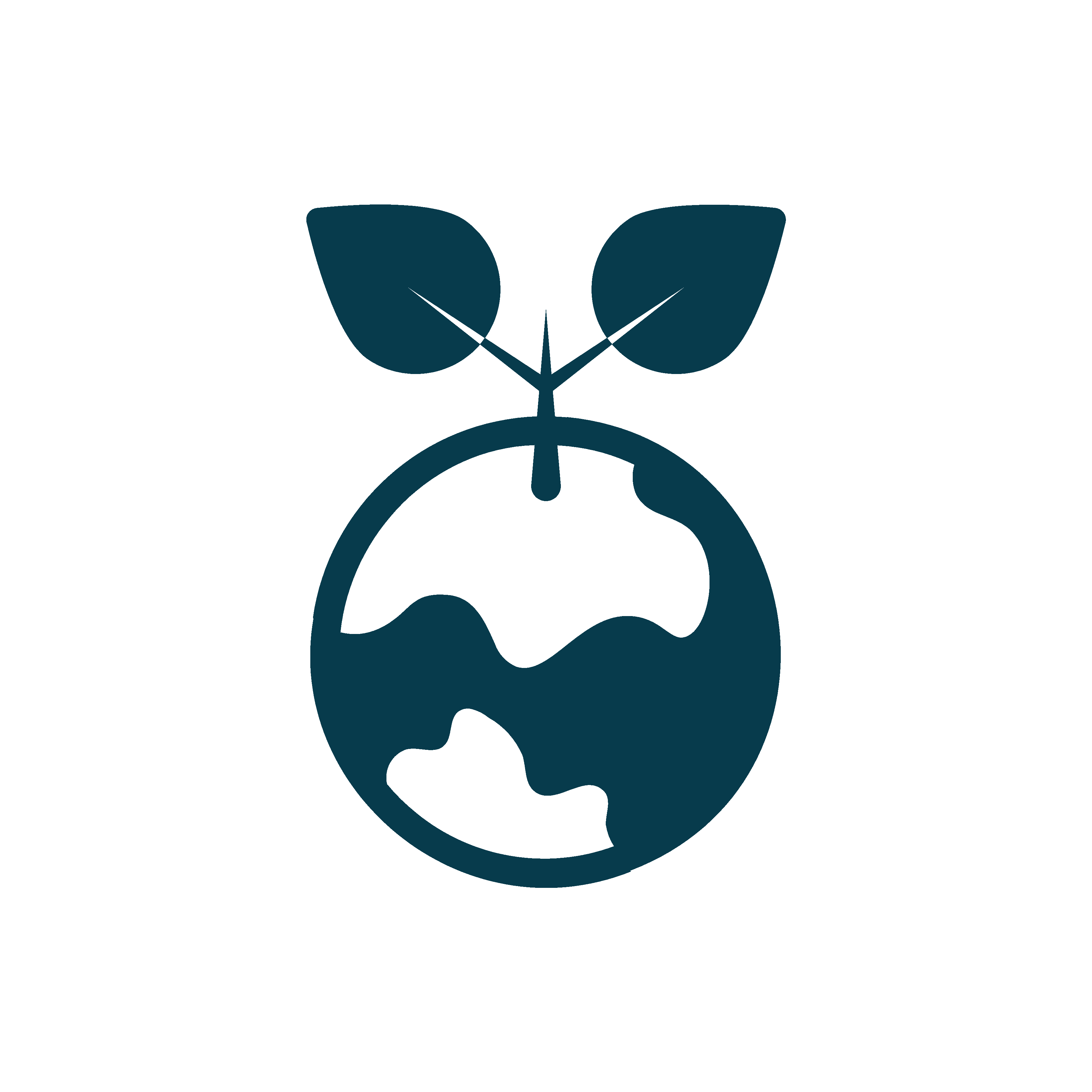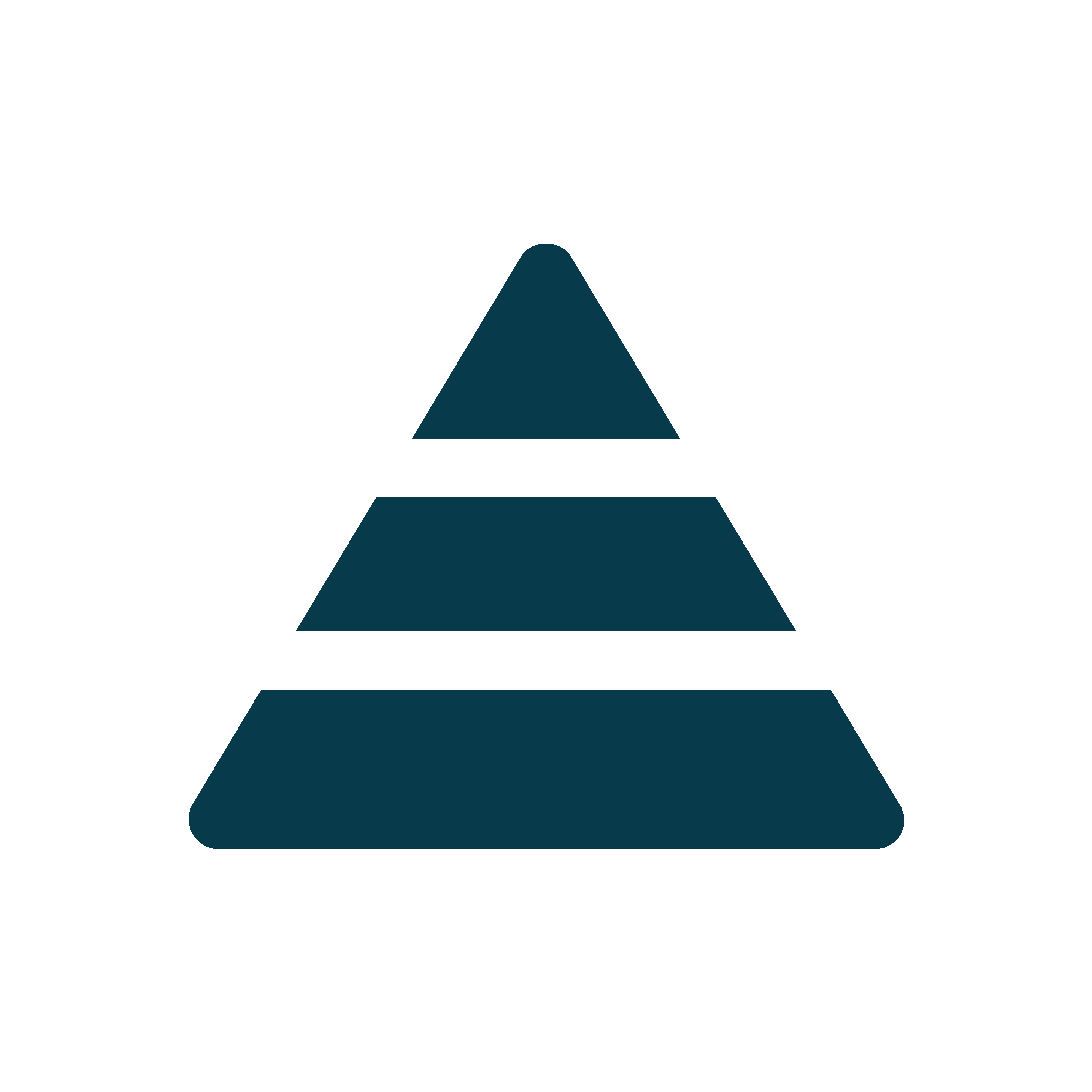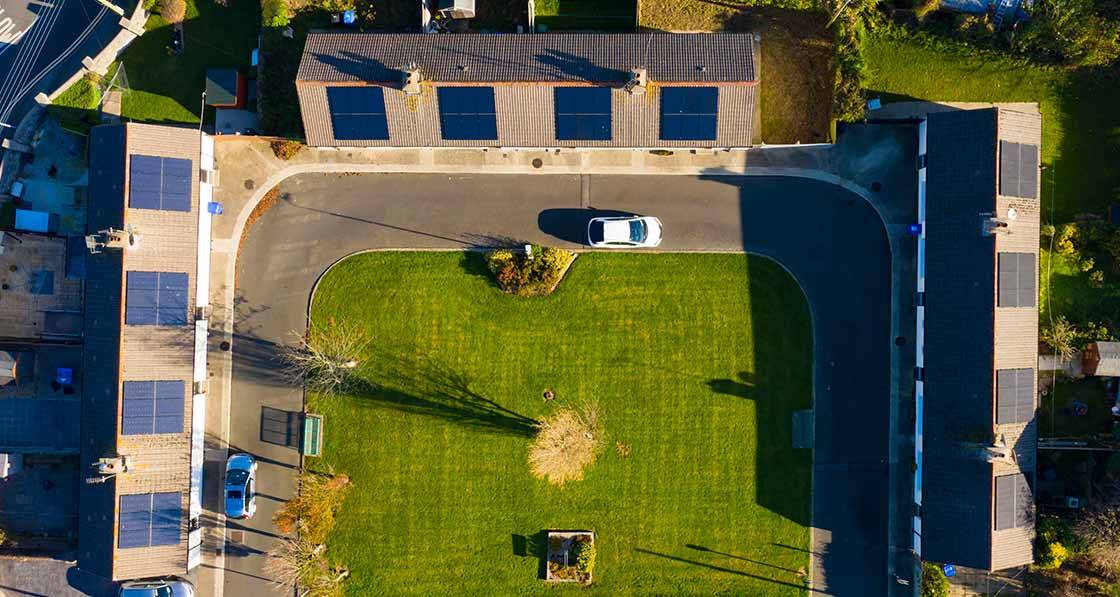The geographical areas of North Clondalkin and Tallaght are experiencing high levels of deprivation. Both areas present high health and wellbeing risk. Housing and energy poverty have a significant bearing on health and wellbeing with the Institute of Health Equity noting that cold and energy poor homes are linked to a “wide range of health conditions, especially respiratory and cardiovascular, as well as poor mental health'.
The strategic objectives were:
- develop and implement an engagement plan focusing on health issues
- analyse data and provide recommendation on safe ans sustainable measures
- providing households with small energy appliances/devices that can support energy consumption reduction.
The programme was co-designed with various council departments, including community development, climate action, and social welfare services. After outreach, 37 households were recruited despite challenges due to mistrust of public bodies. So far, 24 households have completed the programme, which involved house visits, phone engagements, a survey, and an energy audit. Participants received tailored energy advice, referrals, and small energysaving measures. The programme saw high satisfaction, with participants promoting it locally and recommending it to peers, supporting future efforts
-

-
 Countries impacted:
Countries impacted:
Ireland -
 Geographical scale:
Geographical scale:
Regional and Local -
 Energy poverty phase:
Energy poverty phase:
Diagnosis -
 Intervention type:
Intervention type:
Capacity building and trainingTransparency and information sharingConsumer Advice, protection and empowerment -
 Type of funding:
Type of funding:
EPAH Technical Assistance Scheme -
 Website:
Website:
Case website -
SDGs addressed:




